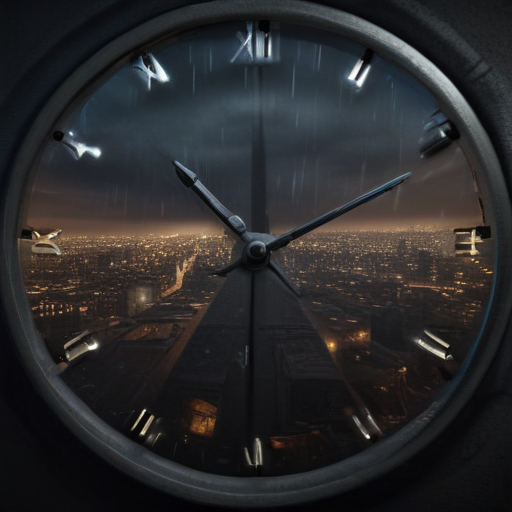The Doomsday Clock has moved one second closer to midnight, now standing at 89 seconds, indicating that humanity is facing unprecedented risks from a confluence of existential threats. This adjustment, announced on January 28, 2025, by the Bulletin of the Atomic Scientists, represents the closest the Clock has ever been to midnight in its 78-year history.
The current geopolitical landscape is fraught with challenges, including the proliferation of nuclear weapons, the escalating climate crisis, the rise of disruptive technologies like artificial intelligence, infectious diseases, and ongoing conflicts in regions such as Ukraine and the Middle East. The United States, China, and Russia are viewed as having a pivotal role in steering the global community away from potential catastrophe.
Daniel Holz, Chair of the Bulletin’s Science and Security Board, emphasized the urgency of addressing these existential threats through dialogue and collaboration among national leaders. He stated that discussing these issues is critical for averting disaster.
The 2025 statement reflected a worrying trend, asserting that despite clear signs of danger, global leaders have not taken the necessary steps to alter the course toward catastrophe. Notable urges for immediate action were made by Juan Manuel Santos, former President of Colombia, who appealed for united leadership in confronting these grave challenges.
The nuclear threat landscape remains dire, with countries like Russia and China expanding their arsenals and the collapse of key arms control treaties. Experts warn that a misunderstanding or miscalculation could lead to nuclear conflict, underscoring the precarious balance of power.
In the realm of technology, the potential integration of artificial intelligence into military systems raises serious ethical concerns about autonomous decision-making in life-and-death scenarios. The unchecked expansion of AI capabilities could exacerbate existing tensions and lead to catastrophic consequences.
Furthermore, the impacts of climate change continue to devastate communities worldwide, with record temperatures and extreme weather events causing widespread disruption. Despite these urgent environmental signals, global efforts to reduce greenhouse gas emissions remain insufficient.
Lastly, the lingering threat of infectious diseases is compounded by public skepticism regarding health advisories, which poses a significant challenge for effective response strategies. The proliferation of biological research facilities worldwide, coupled with the potential misuse of AI technology in these domains, adds another layer of complexity to global health security.
In summary, the current state of the Doomsday Clock serves as a stark reminder of the collective challenges facing humanity. However, there remains hope that through collaboration and bold leadership, the world can address these pressing issues and work toward a more stable and secure future. The necessity for dialogue, trust, and concerted action has never been more critical as we strive to turn back the hands of the Clock.
